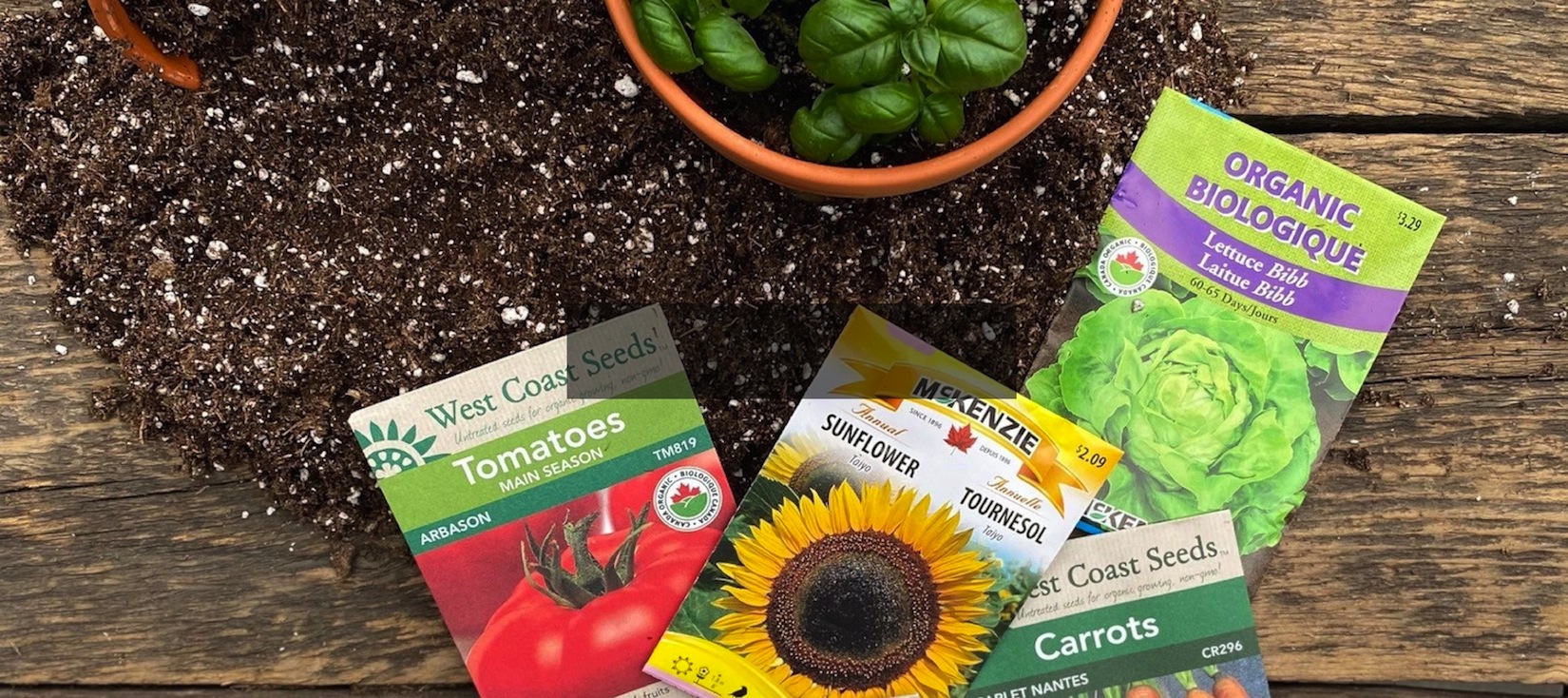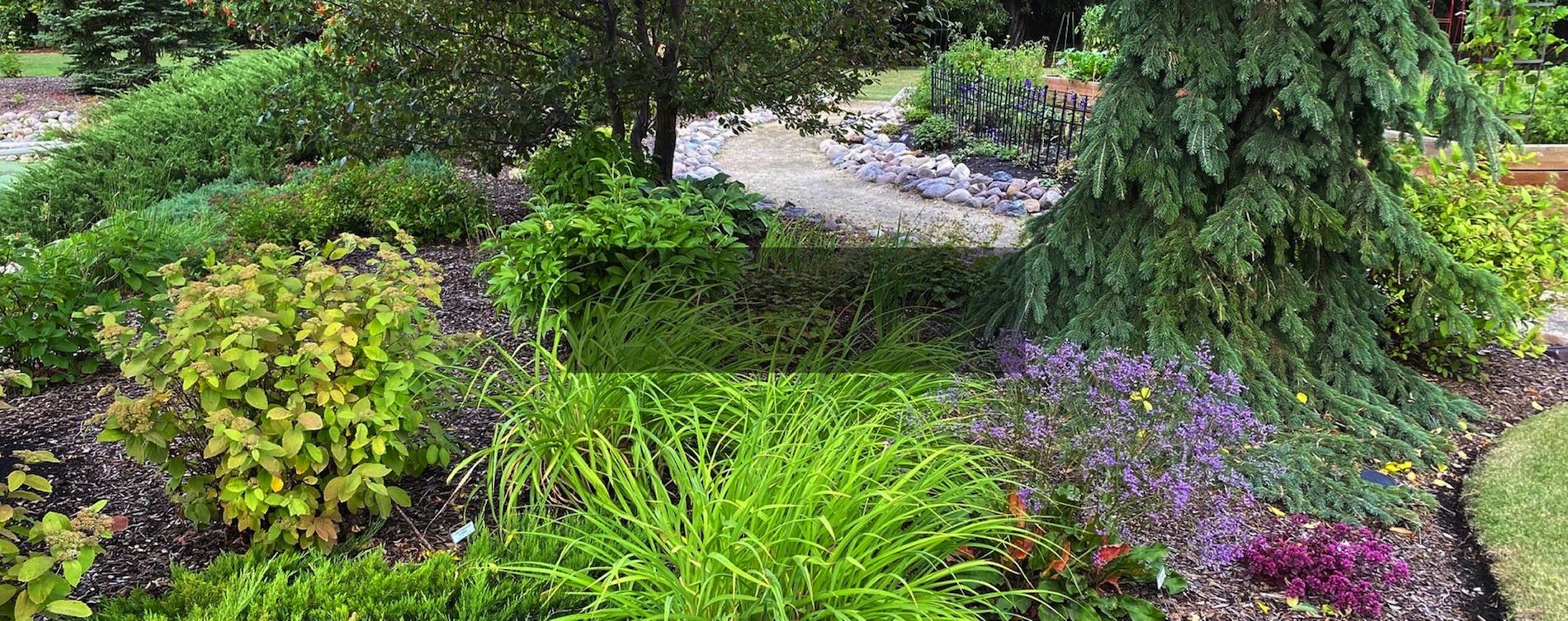Common Vegetable Pests


Colorado Potato Beetle
- Yellow and black striped potato beetle.
- Overwinter in soil as adults.
- Female beetles lay batches of about 2 dozen orange-yellow eggs on the underside of the leaves.
- Each female can lay up to 500 or more eggs over a 4-5 week period.
- Eggs hatch within 4 to 9 days and larvae feed on potato foliage.
- Usually feed in groups and can cause severe damage to potato crops.
- Larvae lasts up to 2 to 3 weeks.
- 5 to 10 days new adult beetle emerges
- Control: remove/reduce weeds around growing area, as this is where beetles overwinter.
- Crop rotation can significantly reduce beetle numbers.
- To control adults, foliage can be treated with Diatomaceous Earth or Doktor Doom House and Garden.

Wireworm on Potatoes
- Common in areas where sod has been removed, and a garden created.
- Potatoes damaged by larvae of the click beetle.
- Small hole tunneled in the tuber from the wireworm.
- If you have wireworm – do not grow potatoes in that spot for 6 years.
- Water transplants or seeds in when planting with a solution of beneficial nematodes to control pest.

Cutworms
- Usually cut off the plants stems at the base of the plant.
- The most effective way to control cutworm is to use paper collars on your plants about an inch below and above ground level.
- Cutworms usually infest: cabbages, peppers, tomatoes.
- Water transplants or seeds in when planting with a solution of beneficial nematodes to control pest.

Cabbage Worm
- Affects cabbage, broccoli, kale, cauliflower.
- Green caterpillars chew ragged holes in the leaves.
- BTK is used as a non-chemical control (BTK is a natural parasite of cabbage worms), although they can be handpicked as well.
- Cover seedlings with row cover (white cloth that lets sun and air through, but prevents flies from laying eggs next to seedlings).

Flea Beetles
- Tiny black beetles that jump like fleas when disturbed.
- Primarily found on cole crops (cabbage, broccoli, cauliflower) and potato foliage.
- Eliminate weeds near crops; this removes the beetles prime overwintering spot.
- Dust foliage with diatomaceous earth, potatoes (foliage only) can be sprayed with Doktor Doom House and Garden.

Aphids
- Very common, small soft bodied insects cluster together on tender parts of plants, often found on the undersides of leaves or near growing points.
- Aphids may be yellow, pink, green, gray or black in appearance.
- Aphids excrete a honeydew onto the plant which can cause fungal diseases.
- Strong jet of water will dislodge/destroy adults.
- Applications of insecticidal soap will provide some control.

Onion Maggot
- Infested plants wilt and may turn yellow and die. Pulled onions will show entry holes in the bulb.
- If eggs were laid just before harvest, maggots may hatch and infest bulbs while in storage.
- First generation damage is seen in mid-late June, eggs are laid in batches in spring next to seedlings, damage is seen in batches.
- 2nd generation damage is in July.
- Control includes covering seedlings with row cover (white cloth that lets sun and air through, but prevents flies from laying eggs next to seedlings), watering transplants or seeds in with beneficial nematodes when planting, and a thorough cleanup of the garden after harvest to ensure all bulbs are removed.

Tomato Hornworms
- Infest tomatoes, eggplant, pepper and potatoes.
- Are large (up to 4” long) bright green caterpillars with diagonal white stripes and a horn at the rear.
- Overwinter in the soil as a hard-shelled brown pupae.
- Large moths known as sphinx moths emerge in May or June.
- Females lay eggs on underside of leaves, hatch a week later and feed on foliage and fruit for 3-4 weeks.
- BTK (natural predator that is sprayed on plants) is lethal to hornworms.
- Fall tilling will destroy any pupae in the soil.

Whitefly
- Attacks several vegetables.
- Tiny white flies hover around plant .
- Infestation often begins at the bottom of a plant and moves upward.
- Insecticidal soap applied every 7-10 days will kill whiteflies, must spray the undersides of the leaves.

Cabbage Root Maggot
- Attacks cabbage, radish, turnips.
- Overwinters in the soil, emerges in spring as an adult fly.
- Adults start to lay eggs within a week; lay eggs for 5-6 weeks. Eggs are laid at base of plants and hatch within 5-10 days.
- Maggots feed on roots/root hairs. Since eggs are laid over large period, maggots may be present from June to harvest.
- Infested plants may appear stunted and wilt on hot days.
- Water transplants or seeds in when planting with a solution of beneficial nematodes to control pest.
- Dust transplants with Diatomaceous Earth, and cover transplants with remay cloth in spring as a barrier to egg laying.





